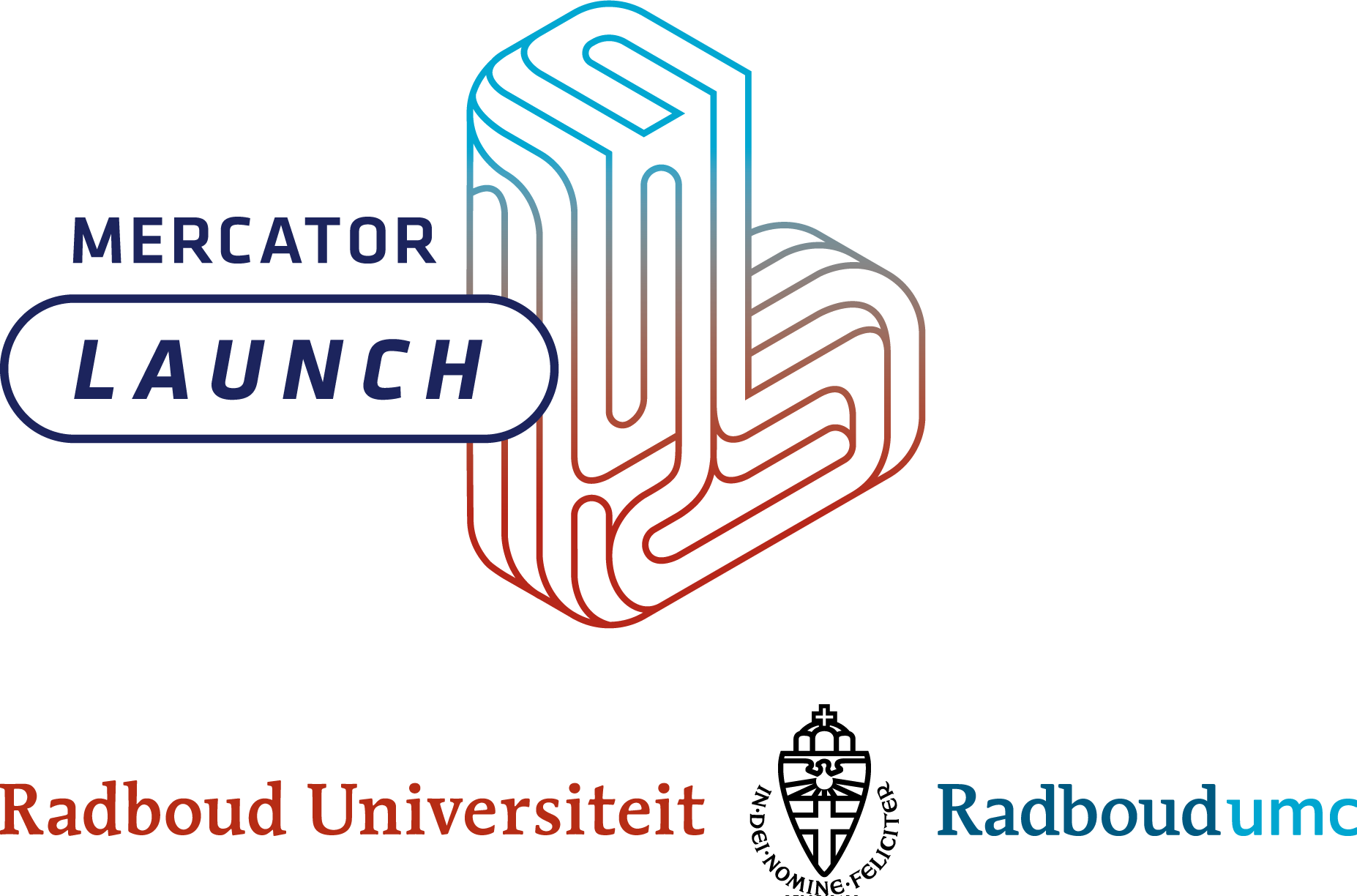
The rules about ownership of ideas coming from university employees are clear. By law, by contract, and by collective labour agreement, all Intellectual Property (IP) generated by employees is owned by the university. But how does it work for students? Unfortunately, the rules were not so clear in the past. For students, IP can (depending on the situation and the subject) be owned by the student, the educational institute or, if applicable, an assigner like a company or institute that commissioned the work. Moreover, collaborating with peer students and/or companies will result in shared IP. Conclusion: for students it’s much more complicated.
To clarify the position of students with respect to IP, a new guideline has been adopted by the Association of Universities in the Netherlands (VSNU) and the Dutch Federation of University Medical Centers[1].
So, let’s explain how the IP process for students works, starting with the basic principles:
- IP is owned by the creator(s) and as such the student owns the idea he or she came up with.
- Ownership rights expire when the student signs a waiver.
- Universities and university medical centers must make prior arrangements with their students if they wish to deviate from the basic rule (1).
- IP developed during an internship is owned by the internship provider.
- Except for copyright, you don’t just ‘get’ patents, design patents, trademarks etc. You have to apply for Intellectual Property Rights (IPR) and pay certain fees to get and maintain them. Especially patents are costly.
- Having IPR doesn’t mean you can use it. Someone else’s IP might block your road to success. Read Valeria’s blog, to learn more about this.
Let’s dive into this case for example: imagine you’re a master student chemistry and you develop a new material during your thesis. Congratulations, you are the proud owner of this material!
Now imagine you developed this material as part of an educational project, together with 3 other students. In that case, all four students are 25% owner of the tool.
In addition to this, you developed the material as part of an educational project which was commissioned by a company. Even in this case, you are still the owner because you are the creator. However, this changes if you signed an agreement stating that the IP goes to the company. So, keep that in mind!
Finally, you could also have developed the material as part of an internship at a company or research lab. In this case, the material goes to the internship provider.
Now we move on to the advanced stuff. What happens if you develop a material during an internship which is part of a professor’s EU funded project? When you develop a material while conducting research for the University, the University may own that invention if you (1) were employed by the University, e.g. a paid internship or student secondment, or if you (2) used university research funds, resources or facilities. You will get all the credits as the inventor, but you will not be the owner. Luckily, as an ‘inventor’ you will be treated as an employee and share in any profits generated by the invention.
If you are in the position of inventor, here are some tips to help you:
- Keep good records that document your creative progress;
- Understand your IP rights and obligations;
- Make arrangements in advance;
- If you are not sure what rules apply, ask experts for help
We hope this article gives you a better understanding of Student IP.
PS: If you are a teacher or scientist reading this and would like to know more about IPR for academic staff, please contact Radboud Innovation.
Read more about intellectual property[1] Addendum Richtsnoer intellectuele eigendomsrechten en studenten
